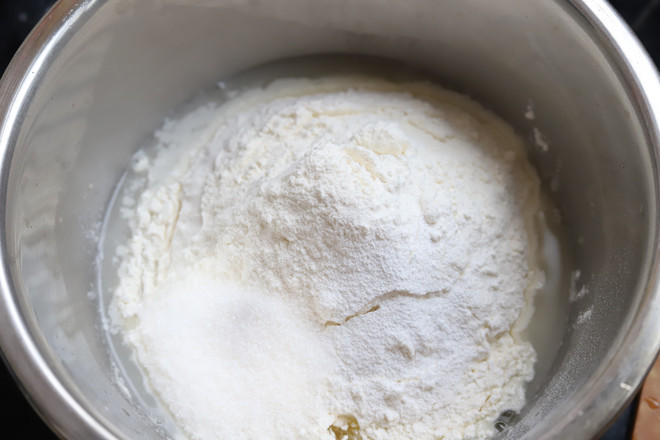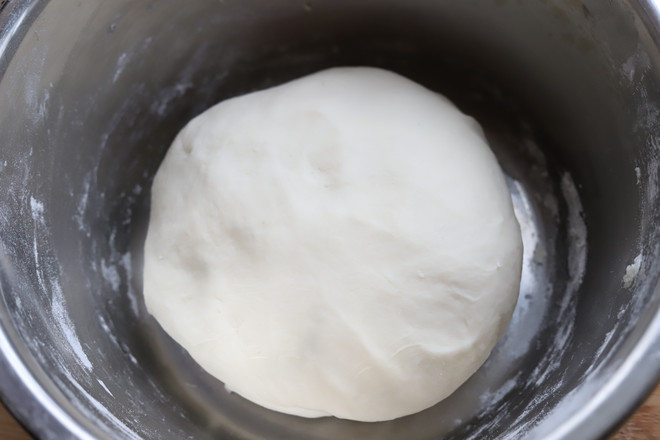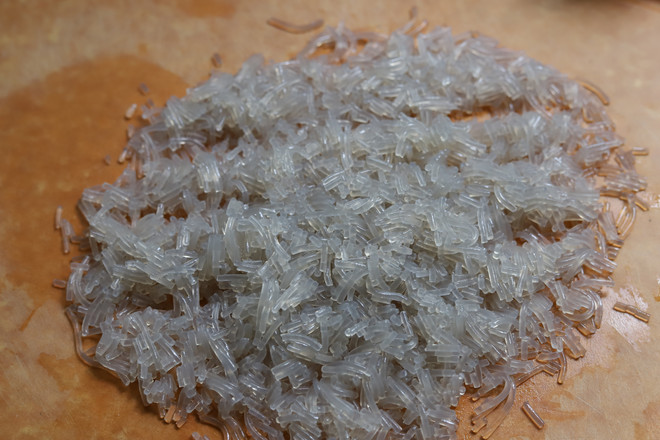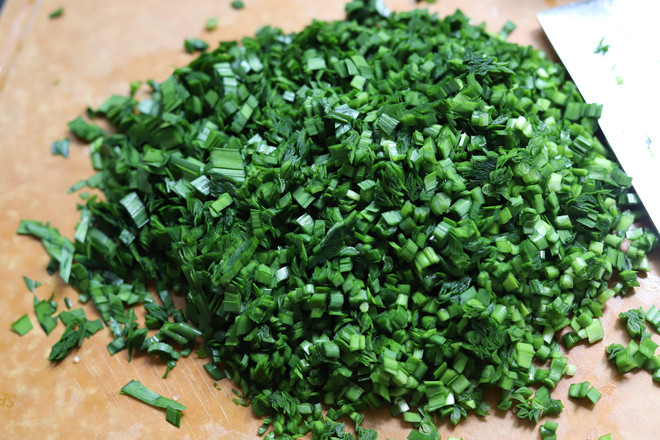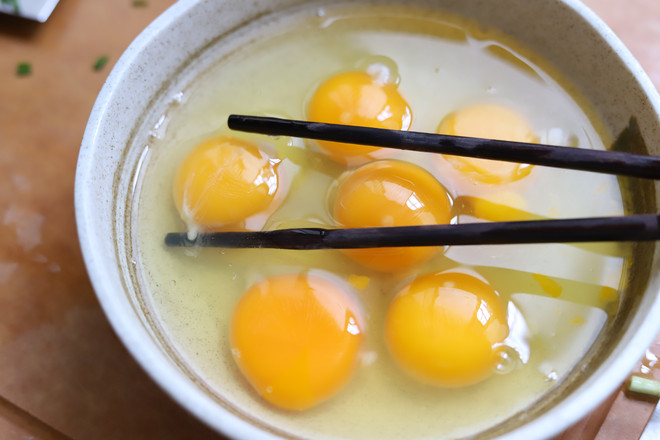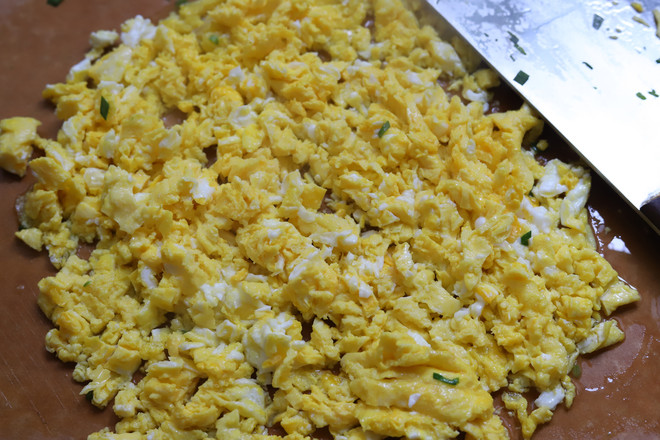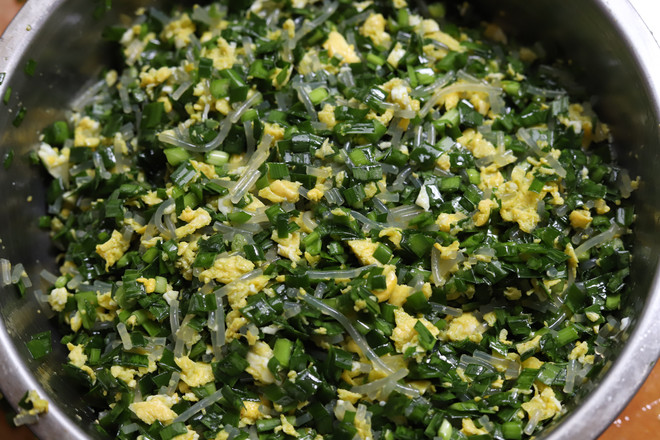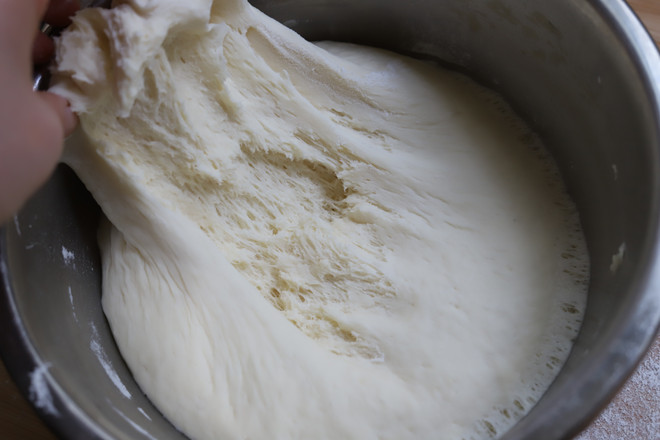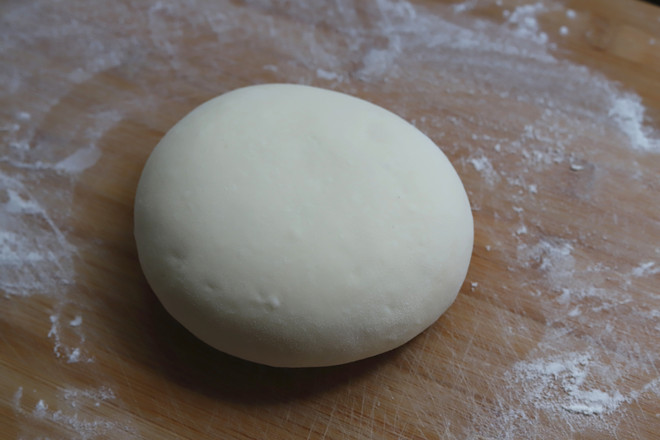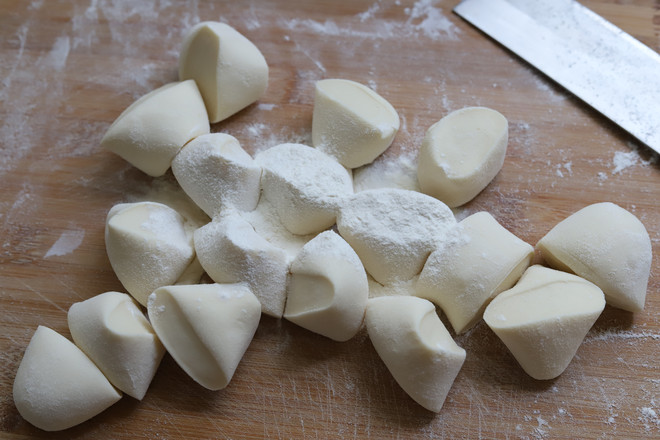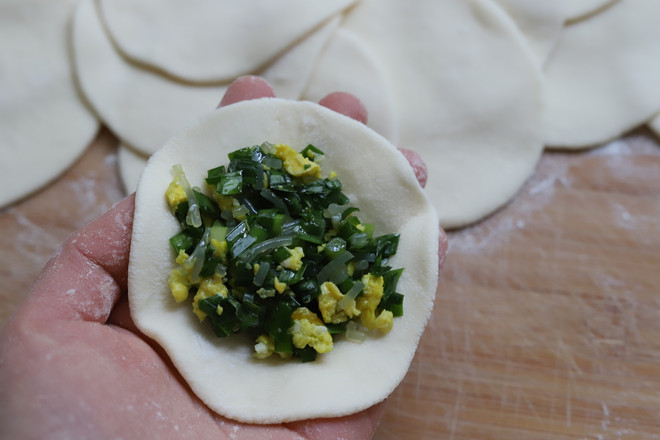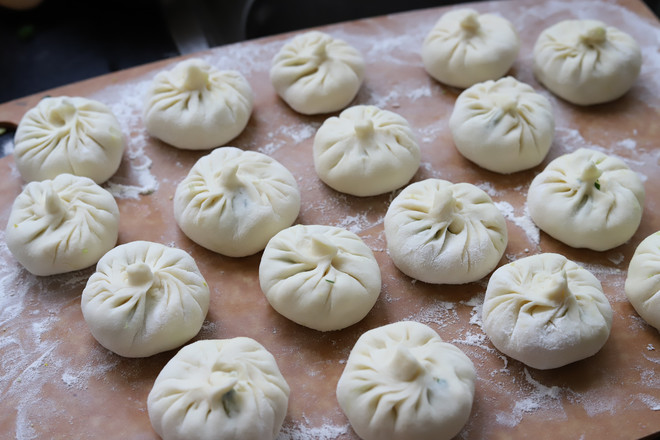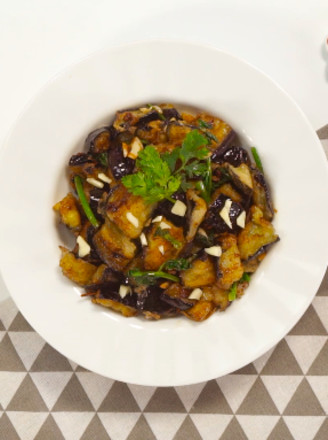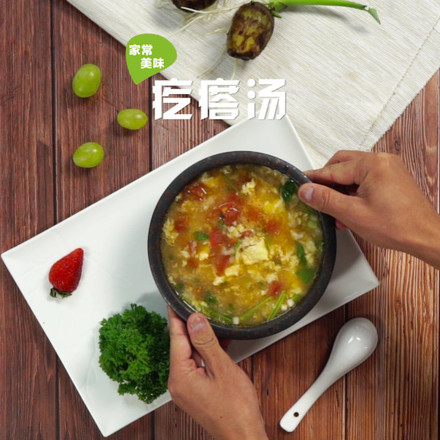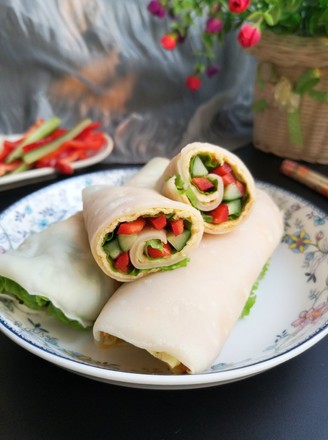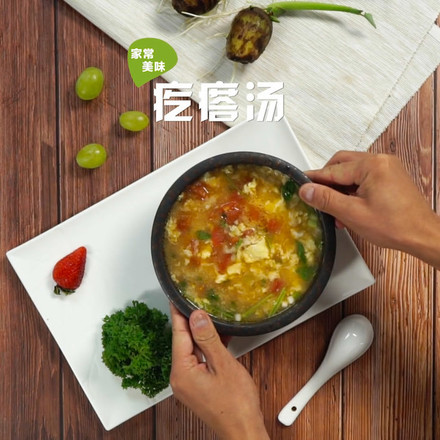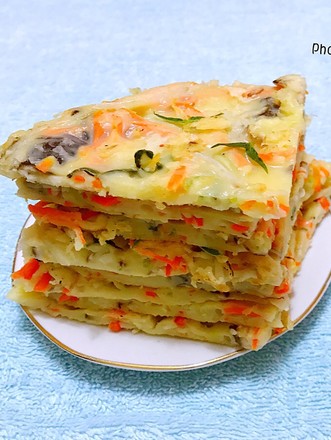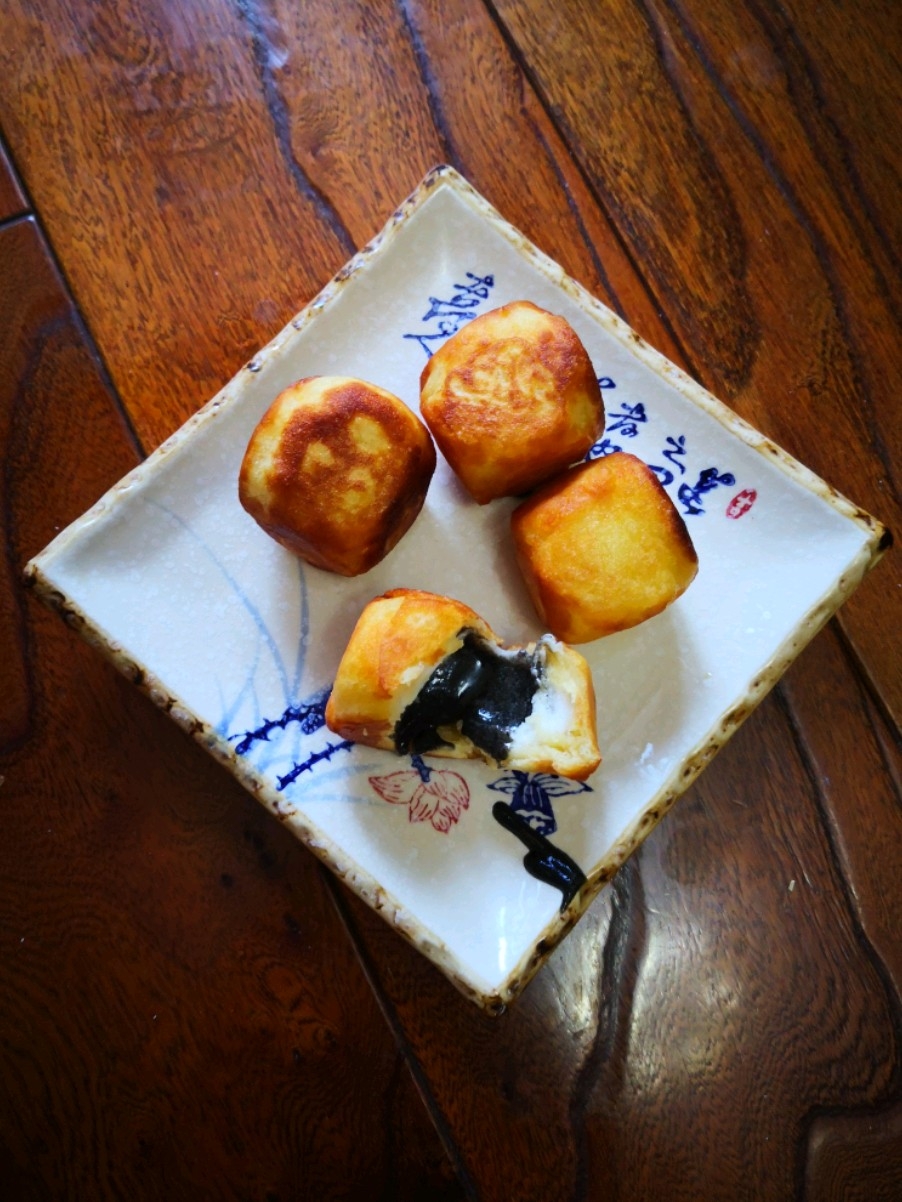Chinese Chives, Eggs, Vermicelli Buns
1.
The yeast powder is dissolved with clean water for two minutes, so that the activity of the yeast can be fully displayed. In winter, you can use warm water. In summer, if the temperature is high, change the cold water.
2.
Add flour, sugar, baking powder, the flour is ordinary all-purpose flour.
3.
Knead the dough into a smooth and delicate dough. If there is too much dough, you can use a chef's machine to knead the dough. If you are not afraid of getting tired, you can knead the dough with your hands, but the dough must be kneaded to a very delicate state. There should be no gnocchi on the surface. There should be no broken gluten. After kneading, cover it with plastic wrap and leave it in a warm place to ferment for about an hour.
4.
When the dough is fermented, we prepare the stuffing for the buns. The sweet potato vermicelli is cooked in the pot. After cooking, it is taken out and chopped for later use. Some friends use mung bean vermicelli, but I think it is not as good as the sweet potato vermicelli.
5.
Wash the leeks and cut off the roots of the leeks. That section is the place where pesticides are most likely to remain. It is relatively clean. After washing, dry the water and chop it with a knife.
6.
To eat at home, you can prepare more eggs. I used six, but I didn’t make many of them.
7.
Fry the eggs in a frying pan, take them out after frying, pour them on a cutting board, and chop them with a knife.
8.
Put the leeks, vermicelli, and eggs into a larger basin, add sesame oil, salt, chicken essence, and thirteen spices to make the stuffing for buns.
9.
After the dough is fermented, it will become twice its original size. When the dough is opened, dense small holes can be seen inside, and it smells of a light wine aroma.
10.
Sprinkle some flour on the cutting board in advance, take out the fermented dough, knead it smoothly again, and expel the large amount of gas produced by the fermentation.
11.
Knead the kneaded dough into strips, use a knife to cut out a uniform size of dough, and sprinkle a layer of dry flour on the surface to prevent the dough from sticking to each other.
12.
Use the palm of your hand to press the lower dose, and then use a rolling pin to roll it into a circle, slightly thicker in the middle and slightly thinner on the sides, and pack a large spoonful of leek and egg filling.
13.
I squeezed it into a bun-like shape with my hands. It is my greatest achievement to squeeze the bun into this shape. Cover the bun embryo with a layer of plastic wrap and let it rest for 15 minutes.
14.
Steam the fermented buns in a pot on cold water. After the water is boiled, steam for 10 minutes. The steaming time depends on the size of the buns. Usually more than ten minutes is enough for steaming. As long as the dough is kneaded in place, when do you open the lid , Baozi will not collapse, will not collapse.

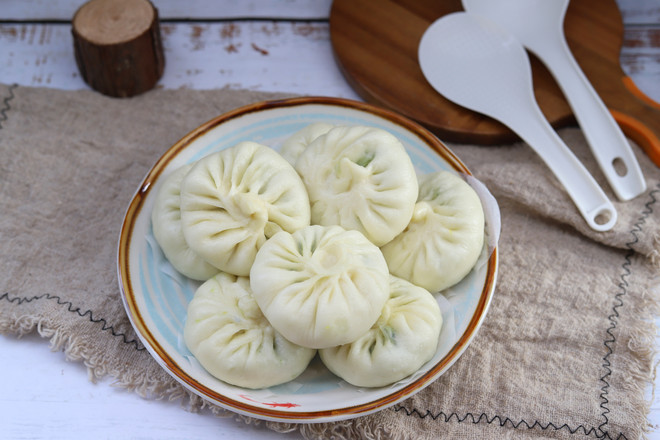
Tips:
For steamed buns, we use ordinary all-purpose flour. All-purpose flour is more suitable for its toughness and bulkiness.
If you want to make the buns whiter and noisier, you can add a spoonful of solid lard to the flour.
Baking powder is a very safe additive, which is sold in ordinary supermarkets. Unsafe additives refer to aluminum-containing baking powder. When buying, you can choose aluminum-free baking powder with obvious signs. Big brands are more reliable. .
If you want the buns to not collapse and the wrinkles are clear, you must knead the dough until it is smooth and delicate, and the proofing time cannot be too long or too short. If the fermentation is too short, the fermentation will not succeed. The buns will easily become dead and the dough will become hard. , It absorbs water, and the proofing time is too long. Usually, the steamed buns will not see the wrinkles or the wrinkles are not obvious.



